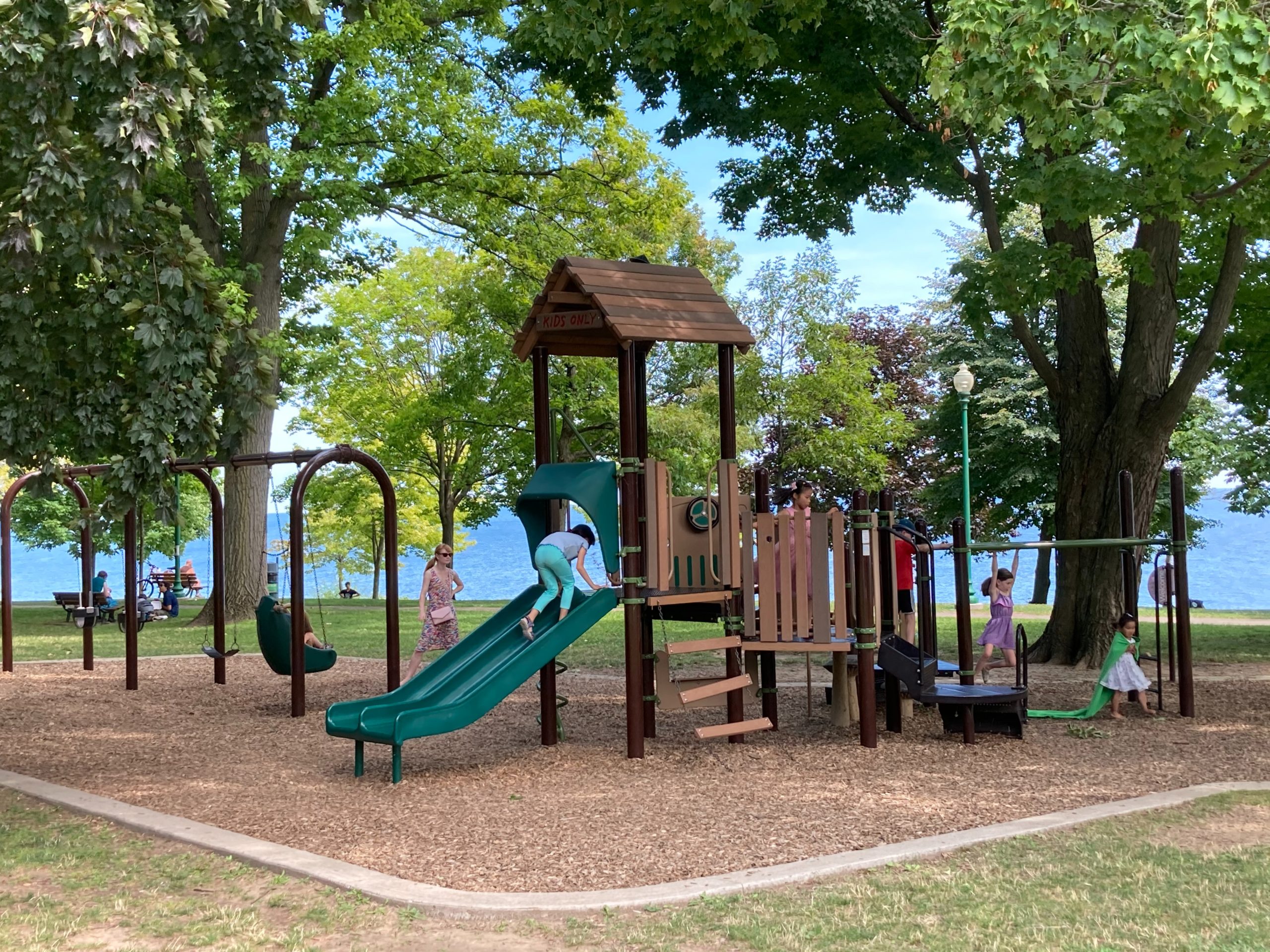Playgrounds are vibrant havens where children explore, discover, and create cherished memories. However, ensuring their safety during these joyous moments is paramount. This comprehensive guide aims to underscore the critical importance of playground safety for children and serve as an invaluable resource for parents, caregivers, and communities. By promoting safe playground practices, we can create an environment where children can thrive while minimising the risk of accidents and injuries.
Playground Design and Equipment
Safe Playground Design: The foundation of playground safety begins with design. Play areas should be designed with meticulous attention to safety principles. One of these principles is the feeling of safety, paramount for children’s confidence during play. Proper spacing, soft surfacing, and age-appropriate equipment are vital aspects of playground design that contribute to a secure environment. Parents and caregivers can familiarise themselves with these principles to make informed choices about where their children play.
Age-Appropriate Equipment: Selecting age-appropriate equipment is crucial for playground safety. Each age group has distinct physical capabilities and needs. Ensuring that children use equipment suitable for their age and abilities significantly reduces the risk of accidents. Regularly inspecting playground equipment for wear and tear is also essential to identify and rectify potential hazards promptly.
Supervision and Adult Responsibility
Adult Supervision: Playground safety is a shared responsibility between children, caregivers, and the community. Adult supervision plays a pivotal role in mitigating risks. Parents, guardians, and caregivers must be present and attentive while children are at play. Effective supervision allows adults to respond to potential hazards or accidents, preventing injuries quickly.
Balancing Freedom and Safety: While children should have the freedom to explore and have fun, it’s equally important to balance freedom and safety during playtime. This involves setting ground rules and boundaries that children understand. Recognising potential dangers and exercising caution enhances their ability to make safe choices independently.
Inclusive Play
Creating Inclusive Environments: Inclusivity is at the heart of safe playgrounds. Inclusive play environments embrace the diversity of all children, including those with disabilities. Designing playgrounds with accessibility features ensures that children of all abilities can participate fully in play. By fostering inclusivity, communities can allow every child to enjoy the benefits of outdoor play safely.
Emergency Preparedness
Handling Emergencies: Even with careful precautions, accidents can happen. Adults need to be prepared for emergencies on the playground. Having a well-stocked first-aid kit readily available is a vital step. This kit should include basic medical supplies to address minor injuries during play. Moreover, adults should know the appropriate steps to take in the event of severe injuries and how to summon medical assistance promptly.
In conclusion, playground safety is a shared responsibility involving careful design, attentive supervision, inclusivity, and emergency preparedness. By adhering to safety principles, selecting age-appropriate equipment, providing adequate supervision, and creating inclusive play environments, we can ensure that children enjoy the benefits of outdoor play while minimising the risk of personal injury claims. This guide serves as a valuable resource to educate parents, caregivers, and communities about the critical importance of playground safety and how it can be achieved to keep children safe at play.






